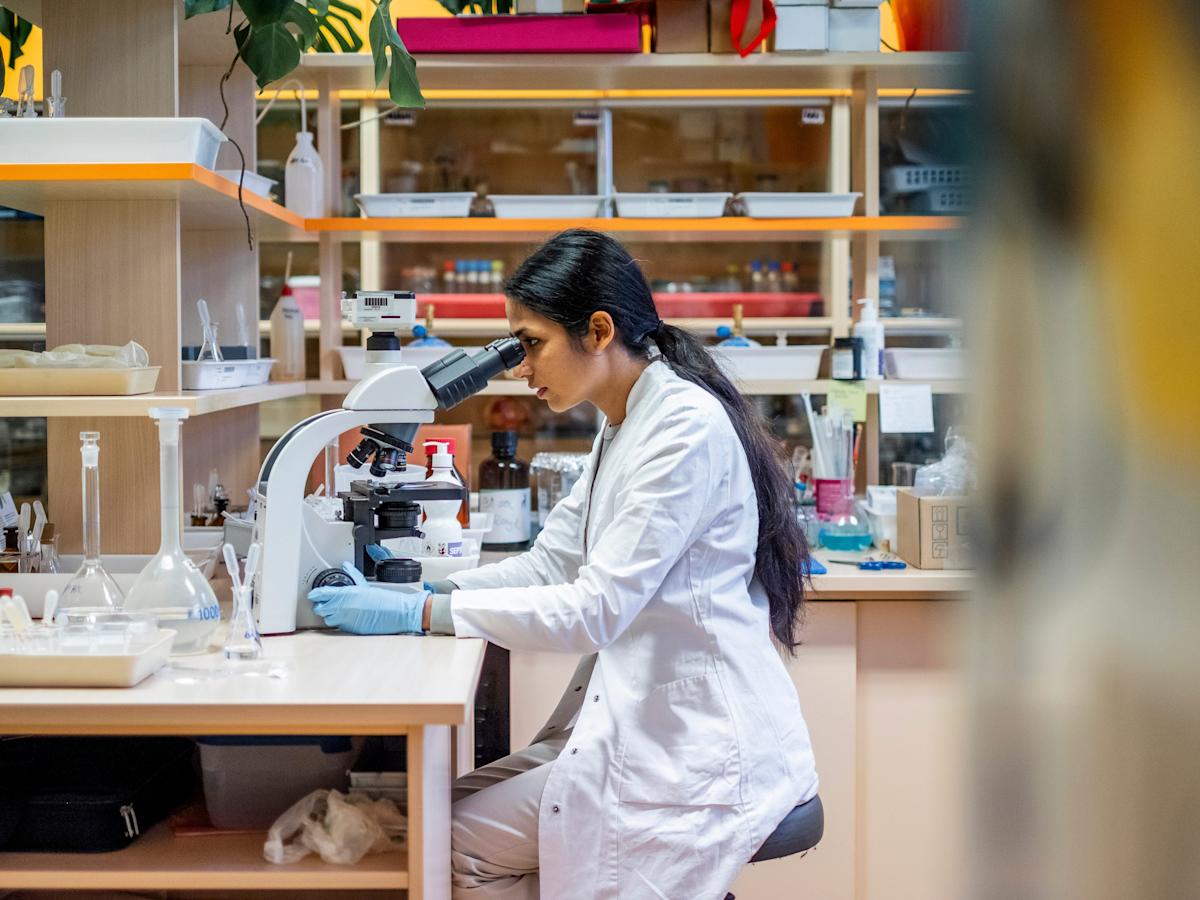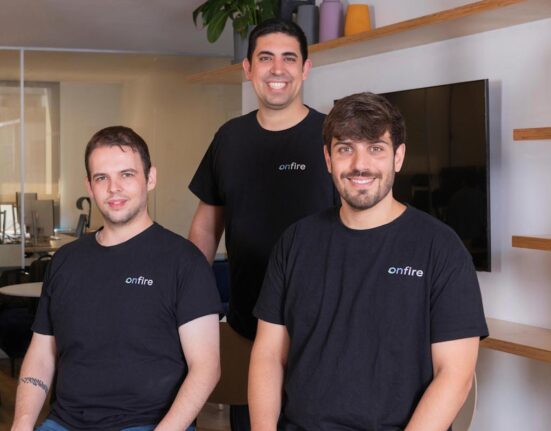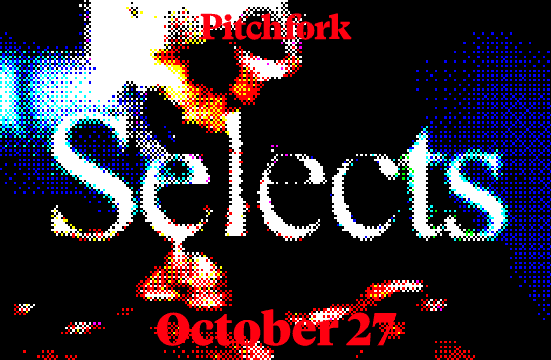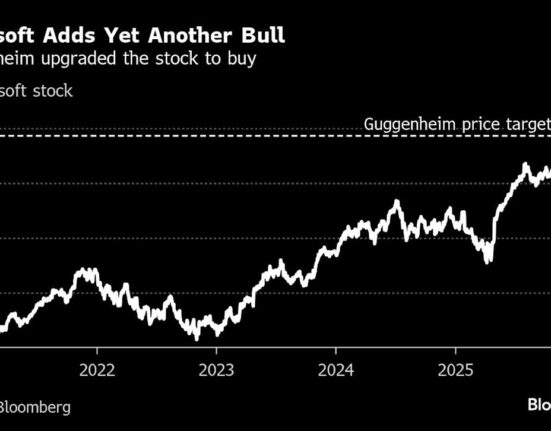[ad_1]
-
Lab space real estate faces challenges as funding from Washington, DC and Silicon Valley declines.
-
Federal research grants and venture capital are crucial for the life sciences sector’s growth.
-
High vacancy rates and oversupply in top markets, such as Boston and San Diego, exacerbate these issues.
Developer IQHQ made one of the hot real estate bets of the pandemic era when it acquired the triangular-shaped office building in Redwood City, California, for $164 million in late 2021.
The San Diego-based landlord planned to raze the property at 10 Twin Dolphin Drive and erect a trio of lab buildings on the 15-acre site catering to the life sciences sector. At the time, the industry was booming as it played a leading role in combating COVID.
IQHQ has put the property up for sale this month, the firm confirmed to Business Insider.
The offering is the latest sign of retreat in a once-soaring segment of the real estate market, as life sciences properties across the country face record vacancy rates and tenants in the sector struggle with funding challenges that could drag on for years.
“We routinely evaluate our portfolio for opportunities to recycle capital by selling land assets that may not be strategic to IQHQ at this point in time,” an IQHQ spokeswoman said in a statement.
The sector’s problems have also been reflected in the stock market, where shares of Alexandria Real Estate Equities, a large public life sciences real estate company, have tumbled from a record high of about $220 per share in late 2021 to roughly $80 today.
Chief among the ongoing disruptions is a pullback in federal research funding, which is critical to the ecosystems of startups that eventually fill commercial lab spaces. The National Institutes of Health, which doles out the majority of federal money to the life sciences sector, is running roughly $5 billion behind on grant awards this year compared to 2024, according to the Association of American Medical Colleges.
Venture capital, another key source of funding for the industry, has also pulled back. Life sciences companies raised $24.9 billion in venture investment through September, putting 2025 on pace for the lowest venture haul since before the pandemic, according to PitchBook.
Compounding the situation is a building boom in recent years that has left the market oversupplied just as leasing activity has slowed.
“Cycles in the past, you might see dips in venture funding, but federal funding remains stable — or there might be record layoffs occurring, but venture funding and research funding remains high,” said Travis McCready, the chair of the real estate services firm JLL’s global life sciences advisory practice. “This is the first cycle I can think of in my professional history where all of the black squirrel events are happening at the same time.”
[ad_2]
Source by [author_name]
-
Lab space real estate faces challenges as funding from Washington, DC and Silicon Valley declines.
-
Federal research grants and venture capital are crucial for the life sciences sector’s growth.
-
High vacancy rates and oversupply in top markets, such as Boston and San Diego, exacerbate these issues.
Developer IQHQ made one of the hot real estate bets of the pandemic era when it acquired the triangular-shaped office building in Redwood City, California, for $164 million in late 2021.
The San Diego-based landlord planned to raze the property at 10 Twin Dolphin Drive and erect a trio of lab buildings on the 15-acre site catering to the life sciences sector. At the time, the industry was booming as it played a leading role in combating COVID.
IQHQ has put the property up for sale this month, the firm confirmed to Business Insider.
The offering is the latest sign of retreat in a once-soaring segment of the real estate market, as life sciences properties across the country face record vacancy rates and tenants in the sector struggle with funding challenges that could drag on for years.
“We routinely evaluate our portfolio for opportunities to recycle capital by selling land assets that may not be strategic to IQHQ at this point in time,” an IQHQ spokeswoman said in a statement.
The sector’s problems have also been reflected in the stock market, where shares of Alexandria Real Estate Equities, a large public life sciences real estate company, have tumbled from a record high of about $220 per share in late 2021 to roughly $80 today.
Chief among the ongoing disruptions is a pullback in federal research funding, which is critical to the ecosystems of startups that eventually fill commercial lab spaces. The National Institutes of Health, which doles out the majority of federal money to the life sciences sector, is running roughly $5 billion behind on grant awards this year compared to 2024, according to the Association of American Medical Colleges.
Venture capital, another key source of funding for the industry, has also pulled back. Life sciences companies raised $24.9 billion in venture investment through September, putting 2025 on pace for the lowest venture haul since before the pandemic, according to PitchBook.
Compounding the situation is a building boom in recent years that has left the market oversupplied just as leasing activity has slowed.
“Cycles in the past, you might see dips in venture funding, but federal funding remains stable — or there might be record layoffs occurring, but venture funding and research funding remains high,” said Travis McCready, the chair of the real estate services firm JLL’s global life sciences advisory practice. “This is the first cycle I can think of in my professional history where all of the black squirrel events are happening at the same time.”











